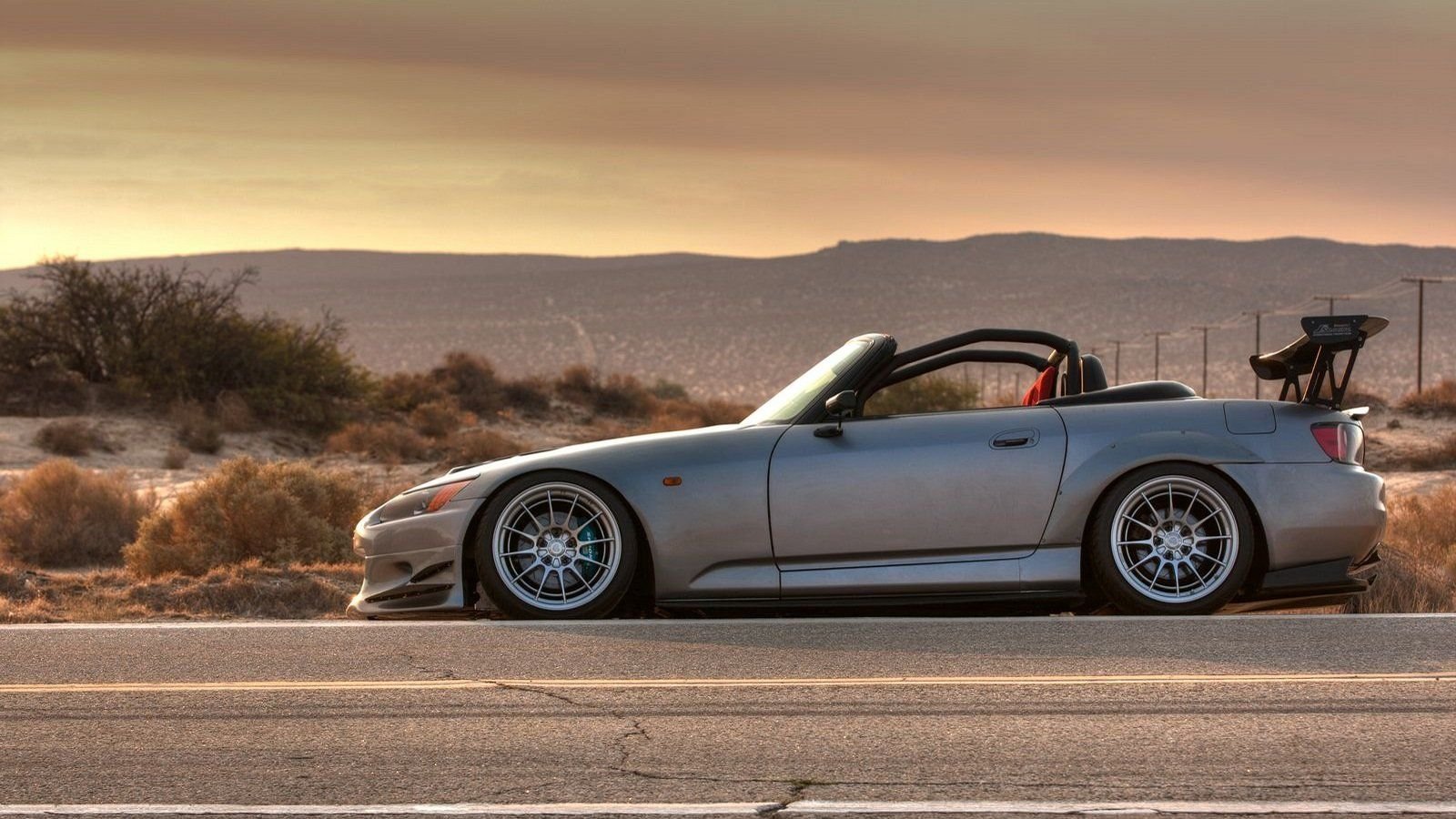Shaik it Up Part 1: The Ultimate Guide to Shocks
I sat down with Shaik, the owner of FCM for an in-depth look at shock absorbers. This is part 1.














Tale of the Shaikh
Fat Cat Motorsport has been around for quite some time now. It all started with Shaikh Ahmad wanting to figure out what makes a shock function properly and has exploded into building shocks for some of the most serious racers in the world. He’s an expert to say the least and knows more about how these devices work than almost anyone I’ve met. Here’s his insight.
All is Not What it Seems In the Aftermarket
Lesson 1: watch what you buy. “A lot of aftermarket shocks are designed to be factory replacements,” Ahmad said. “Koni Sports are a good option in principle, but sometimes they work worse than the factory shock in terms of not supporting the car’s movement. They don’t have enough compression damping which is the shocks initial resistance toward movement. I have data to prove it.” If you’re in the market for a mild upgrade, be aware that you could be getting a set of shocks that come with a reputable name, but might not be what you think. Shaikh has taken apart thousands of shocks and analyzed the internals to form solid opinions on how well they work as they were intended to.
image courtesy of hdwallpapers.net
>>Join the conversation about shocks and suspension right here in the S2Ki.com forum.
Roehrig
All of his data and improvements come from the utilization of a shock dynamometer. Yes, shocks can be dyno’d just like engines or transmissions. Roehrig units are among the highest quality in the world and used by racing teams from ALMS to NASCAR to get accurate and precise data to improve performance. You don’t buy one of these unless you’re serious as prices can often soar into the tens of thousands of dollars. That’s where Fat Cat differs. He has invested a serious chunk of change into doing R&D to deliver a product that is both affordable and outperforms some of the best shocks on the market. It all stems from a core philosophy of how a car should handle.
image courtesy of fatcatmotorsports.com
>>Join the conversation about shocks and suspension right here in the S2Ki.com forum.
Flat Ride
Springs have a certain natural frequency of bouncing in a suspension system when shocks are removed. The front and the rear will both oscillate at a given rate and the relationship between these oscillations will determine the behavior of a chassis. Spring rates change these oscillations and the relationship between the front and rear of the car. “These oscillations can determine whether the car settles smoothly over a bump or starts to behave like a teeter-totter. You’re essentially changing your contact patch to the ground. The more these oscillations continue the less ready you are to steer, add throttle, etc,” Shaikh would inform me. Correct spring rates are the first step as they help keep a car planted and responsive. Calculating a ballpark figure can be found elsewhere online and is not the intended purpose of these interviews.
>>Join the conversation about shocks and suspension right here in the S2Ki.com forum.
Match Shocks to Spring Rates
Once spring rates are estimated by calculation, exact numbers will ultimately require testing to hone in on. Fat Cat Motorsport custom tunes shocks to every single application like a tailored suit. “Once you have well-chosen frequencies you need to choose a shock that’s going to give you sufficient shock force and [if you chose right] you don’t need as much rebound as many aftermarket designers give you,” he said. “I go to great lengths to dial my customer’s setups in and even consider whether or not they ride with a passenger. Loading is very important.” Adequate shock damping is figured out by determining spring rates, vehicle weight, load and a host of other things guys like Shaikh make big bucks to fine tune.
>>Join the conversation about shocks and suspension right here in the S2Ki.com forum.
Design Instability?
Shaikh has found something that many of my mentors in motorsport have reiterated to me regarding fast setups. “You need a car to feel confidence inspiring at the limit. One of the traits we look for is a slightly higher rear yaw rate that we then balance out with sway bars,” he stated. “You want a little bit of rotation in the rear initially and then have sway bars come in to keep things in control.” So yes, you want some instability in your suspension—think very tiny controllable oversteer—but you don’t want it to rotate so fast that it’s a handful. It’s a fine line and all go back to dialing in the frequencies he mentioned previously.
>>Join the conversation about shocks and suspension right here in the S2Ki.com forum.
But wait, there’s more…
If you enjoyed reading this then tune in to part 2 where we dive further into the nuances of suspension tuning. For now, we’ll have to settle for an introduction and some tidbits of information to get the wheels turning. How does your car handle? Do you understeer or oversteer and in what kinds of corners? What speed does the understeer happen? These are all things you’ll want to have in your head before our next chapter. Thanks for reading, see you soon.
image courtesy of pinimg.com
>>Join the conversation about shocks and suspension right here in the S2Ki.com forum.
